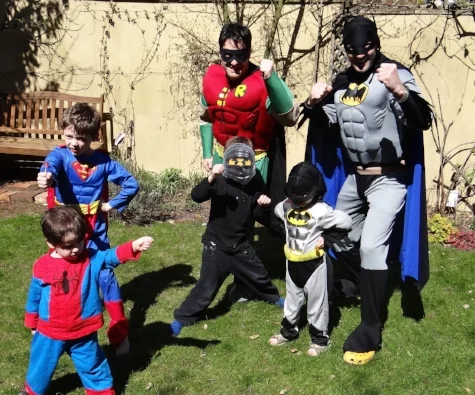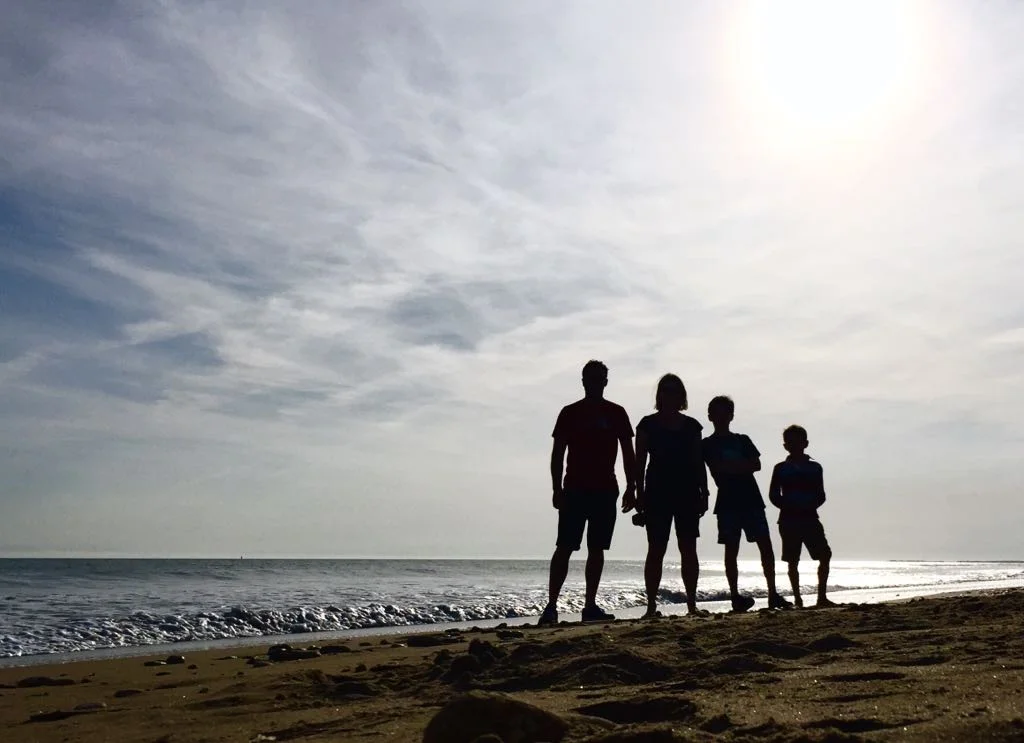The term Developmental Language Disorder (DLD) is used for children where....
1. The child has language difficulties that create barriers to communication or learning in everyday life
2. The child’s language problems are unlikely to be resolved by five years of age
3. The problems are not associated with a condition such as brain injury, neurodegenerative conditions or chromosome disorders
Up to 2 children in every classroom of 30 has this condition and yet most people have never heard of it.
Children with DLD often struggle at school. This is because so much learning depends on being able to understand and use language. Children with DLD won’t just “pick up” language. They need to be specifically taught language. These children can do well given the right support.
If you have concerns about your child’s speech, language and communication skills contact:
- local speech and language therapy service
- call ICAN enquiry service 0207 843 2544 or email help@ican.org.uk
- independent speech and language therapist (ASLTIP website, help with talking)
Sarah Winstanley
Specialist Speech and Language Therapist
#DLDABC #devlangdis























